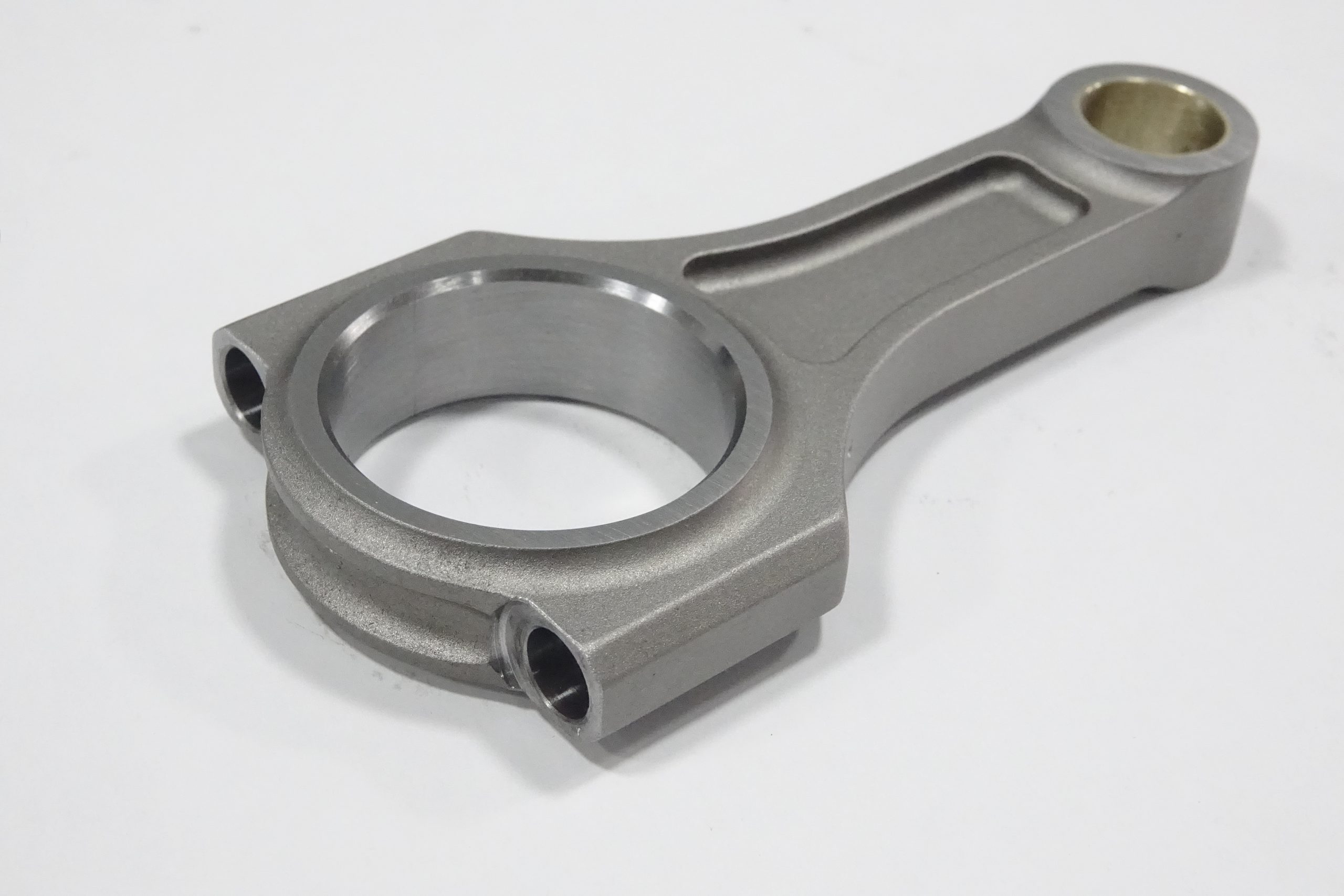Connecting Rod Bearing Cap Chronicles takes you on a journey through the fascinating world of the connecting rod bearing cap, an often-overlooked but critical component in internal combustion engines. These bearing caps serve to secure the connecting rod and bearing assembly, ensuring proper alignment and maintaining the integrity of the crankshaft assembly. In this article, we will explore the various factors that contribute to connecting rod bearing cap performance, including material selection, design, and fastening methods.
Material selection is a crucial aspect of connecting rod bearing cap performance. Common materials include cast iron, steel, and aluminum alloys. Each material offers a unique set of advantages and disadvantages in terms of strength, weight, and thermal properties.
Cast iron is a popular choice for connecting rod bearing caps due to its excellent strength and stiffness. However, its weight can be a drawback for high-performance applications where reduced mass is desirable. Steel is another common material, offering superior strength and durability compared to cast iron. Aluminum alloys are often used for their lightweight and good thermal properties, but they may not provide the same level of strength as steel or cast iron.

The design of the connecting rod bearing cap is essential for ensuring optimal performance. Engineers must consider factors such as the shape, dimensions, and tolerances to create a bearing cap that maintains proper alignment and reduces the risk of failure.
Fastening methods play a significant role in the performance of connecting rod bearing caps. Traditional methods include the use of bolts, studs, and nuts to secure the bearing cap to the connecting rod. However, modern engines often employ more advanced fastening techniques, such as torque-to-yield (TTY) bolts and friction stir welding (FSW). These methods offer improved accuracy and reliability, ensuring that the bearing cap remains securely fastened even under extreme operating conditions.
It is also essential to consider the proper installation and torque specifications when assembling connecting rod bearing caps. Incorrect torque or misalignment can lead to premature wear, bearing failure, or even catastrophic engine damage.
In conclusion, connecting rod bearing caps play a vital role in the overall performance and reliability of internal combustion engines. By understanding the factors that influence connecting rod bearing cap performance, we can make informed decisions when building or modifying engines to maximize efficiency and durability. From material selection to advanced fastening methods, the world of connecting rod bearing caps is a fascinating area of engineering that continues to evolve and improve with each new generation of engines.
